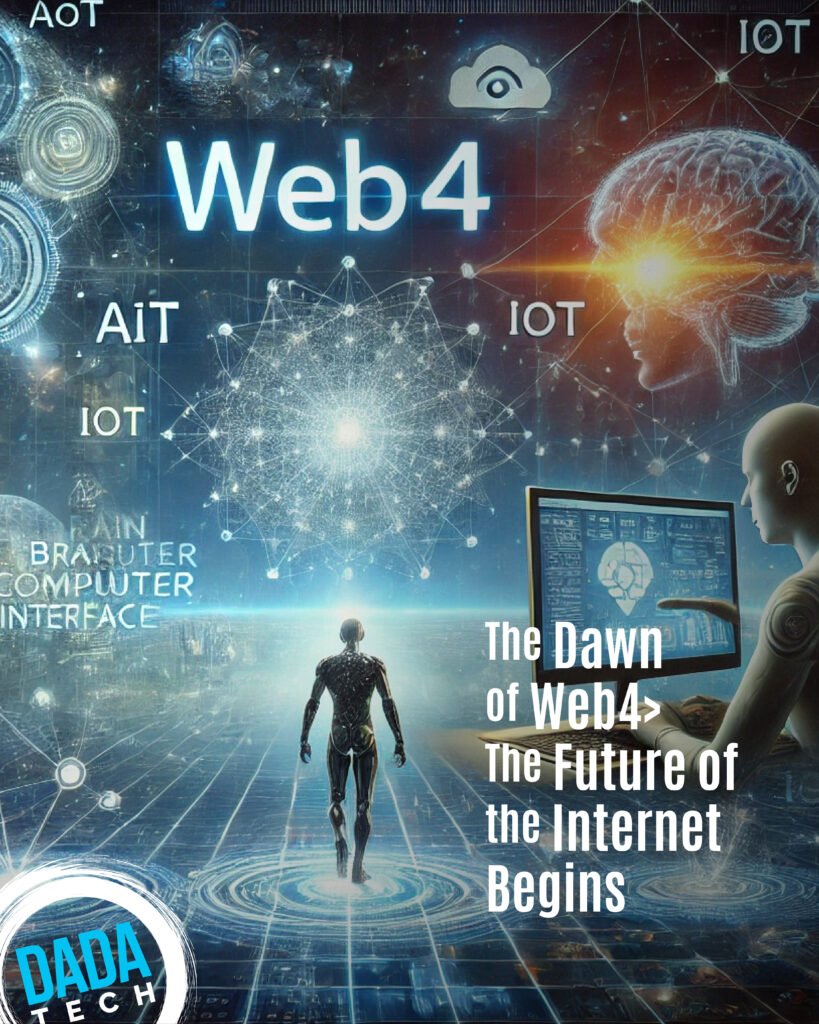Since its inception, the Internet has been in a constant state of evolution. Each new version has brought about significant changes in how we interact with information and participate in online activities. As we navigate the current landscape of Web3, characterized by decentralization and blockchain technology, discussions about Web4 have already begun. But what exactly is Web4, and is it too soon to be talking about it?
The Origins of Web4
The concept of Web4 is not entirely new, but there is no universally accepted definition for it. Some view it as a natural progression of the internet, following the trajectory from Web1 (static websites), Web2 (user-generated content and social media), and Web3 (decentralized applications and blockchains).
However, others see Web4 as something far more revolutionary—a shift that could fundamentally transform the relationship between humans and machines, perhaps even incorporating brain-computer interfaces (BCIs).
At its core, Web4 is often described as a more advanced, decentralized, and autonomous internet. While Web3 has struggled with scalability, high transaction fees, and tendencies toward centralization by large entities, Web4 aims to address these challenges. Many proponents of Web4 believe it can only succeed by distributing decision-making power among network participants, rather than being controlled by a single governing body.
The Technological Landscape of Web4
While the specifics of Web4 are still emerging, several new and evolving technologies are frequently mentioned as potential cornerstones in the construction of this next-generation internet:
Artificial Intelligence (AI) and Machine Learning:
Web4 is expected to leverage more sophisticated AI and machine learning algorithms to create smarter, more personalized digital experiences. These technologies could fuel virtual assistants, curate content more efficiently, and enable predictive models that anticipate user needs and preferences.
Internet of Things (IoT):
The Internet of Things (IoT) may play a significant role in shaping Web4. With IoT’s interconnected system of physical devices, Web4 could enable the creation of intelligent environments that seamlessly respond to user behaviors and needs.
Brain-Computer Interfaces (BCIs):
BCIs represent a potential game-changer in human-computer interaction. In the context of Web4, BCIs could allow users to control digital environments purely through thought, blurring the lines between the physical world and virtual experiences.
Metaverse and Extended Reality (XR):
Recent discussions around the metaverse envision a persistent, immersive, three-dimensional virtual realm. Web4 could provide the underlying infrastructure for a truly decentralized and interoperable metaverse, allowing individuals to move between virtual spaces and interact with digital objects seamlessly.
The Promises and Challenges of Web4
Supporters of Web4 envision an internet that is more open, transparent, and user-centric, where individuals have full control over their data and online interactions. With decentralized technologies like blockchain and peer-to-peer (P2P) networks, Web4 has the potential to address issues like censorship, surveillance, and data breaches that have plagued centralized systems.
However, the path to Web4 is not without its challenges. Ensuring robust security and privacy will be paramount, as the convergence of physical and digital environments could expose users to new vulnerabilities. Furthermore, achieving scalability, interoperability, and accessibility will be crucial to ensuring that Web4 benefits everyone.
A significant challenge will be creating governance frameworks and standards that maintain Web4’s decentralized, autonomous nature while ensuring a cohesive user experience.
The Role of Decentralization in Web4
A key objective of Web4 is complete decentralization, where no single entity has control over the network or its transactions. This aligns with the values of Web3, which sought to shift power away from centralized entities through blockchain technology.
Critics, however, argue that Web3 has fallen short of true decentralization, with venture capitalists and large corporations still wielding significant influence. Web4 supporters believe that by fully embracing decentralized technologies and decision-making processes based on consensus, it is possible to achieve a genuinely decentralized internet.
The benefits of decentralization under Web4 include enhanced security, privacy, and protection against censorship and manipulation. By lowering the barriers for new market entrants and reducing the risk of monopolies, a decentralized web could also foster greater innovation and competition.
What Are the Benefits of Decentralization in Web4?
Here are some potential benefits of decentralization in Web4:
Enhanced Security and Privacy:
In a decentralized Web4, there would be no central authority or single point of failure for hackers to exploit. Data and interactions would be distributed across peer-to-peer networks, making it much harder to compromise. Users would also have more control over their personal data and online identities.
Censorship Resistance:
With no central governing authority, a decentralized Web4 would be highly resistant to censorship attempts by governments, corporations, or other entities. This would enable the free flow of information without fear of content being blocked or removed.
Prevention of Monopolies:
Decentralization prevents large tech companies from monopolizing user data and online activities for profit. It creates a level playing field for competition and innovation, allowing new players to emerge.
Community Ownership and Governance:
In a fully decentralized Web4, platforms, services, and protocols could be collectively owned and governed by their users through transparent consensus mechanisms like voting. This aligns with the principles of decentralizing power and fostering community sovereignty.
When Can We Expect Web4 to Arrive?
The road to a fully realized Web4 might seem long, but its exciting potential makes it worth the journey. While global adoption might not happen overnight, the groundwork is already being laid, and technological advances are progressing at an astonishing pace.
Key technologies such as AI, IoT, and XR are evolving rapidly, with constant breakthroughs. As these systems mature, they will help achieve the seamless human-machine interface that Web4 aspires to create.
Although scalability remains a challenge, promising solutions such as blockchain layer-two scaling, edge computing, and 5G networks are emerging to mitigate these issues. These technologies will enable the handling of massive data loads and real-time interactions that Web4 will demand.
Web4’s development will require collaboration across industries, governments, and academia to establish the necessary protocols, standards, and infrastructure. As early Web4 applications and experiences go live, growing interest from users will drive further innovations, accelerating the transition toward a more decentralized, user-centric internet.
Final Thoughts
The concept of Web4 is still in its early stages, and widespread implementation will take time. However, the pursuit of a more open, transparent, and user-oriented internet continues to gather momentum.
As we navigate the challenges and opportunities posed by Web3, it’s essential to remain flexible in our approach to the future of the Web. Through constructive dialogue, collaboration among stakeholders, and a commitment to innovation, we can guide Web4’s development toward a more just and empowering digital landscape.
While Web4 may still be on the horizon, it is an integral part of the ongoing journey toward creating a better, more connected internet for all.


